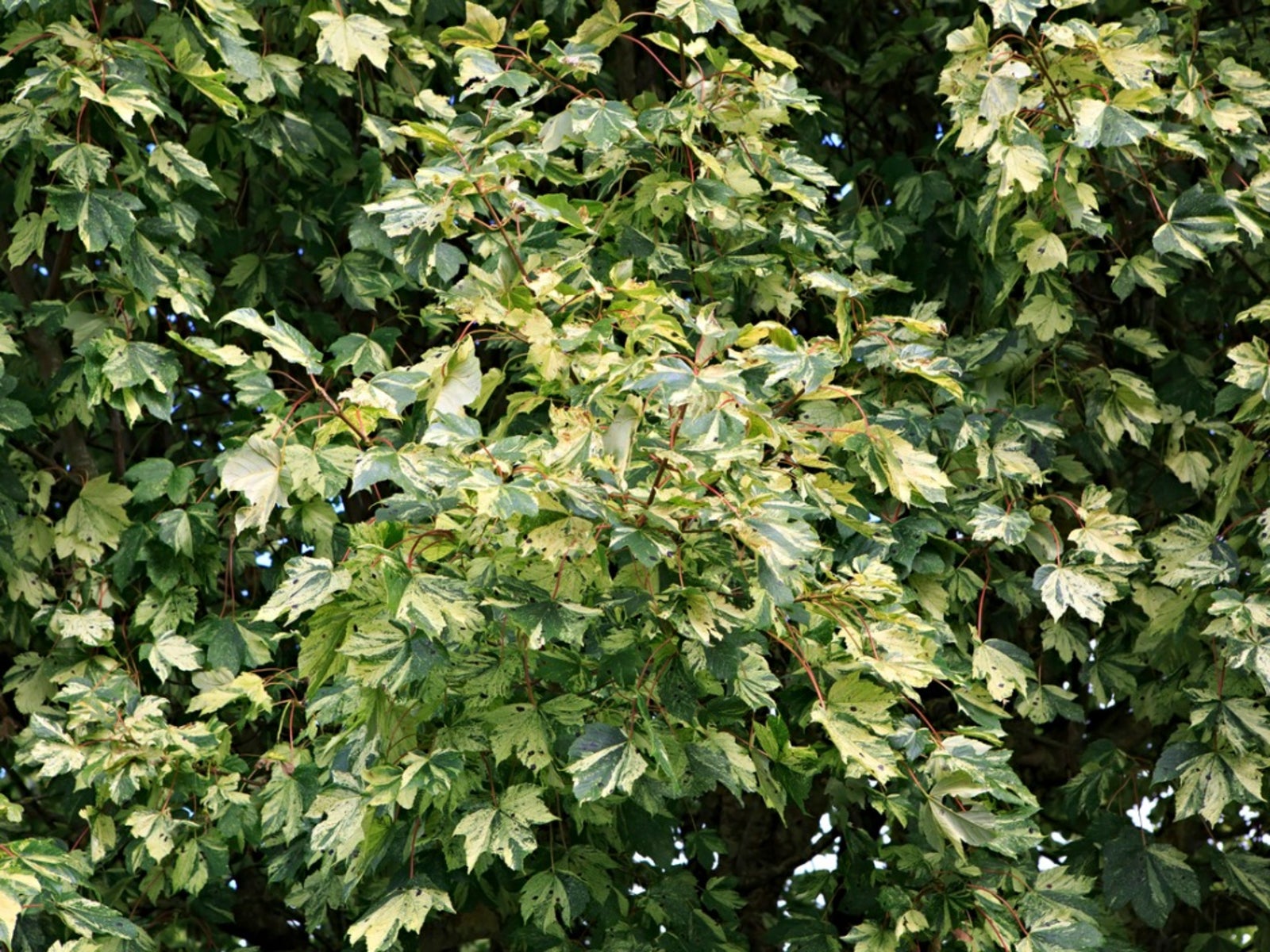Tree Ivy Plant Care - How To Grow A Tree Ivy Houseplant

Outside USDA zones 8 through 11 where climate is adequate for growth, tree ivy is grown indoors as a houseplant. Tree ivy plant care requires some space due to its size and is an excellent specimen for entryways or other locations of prominence. Keep reading to find out how to grow a tree ivy houseplant.
What is Tree Ivy?
Fatshedera lizei tree ivy, also known as bush ivy, is a rapid grower attaining heights of up to 8 to 10 feet (2-3 m.). So what is tree ivy anyway? Tree ivy is a hybrid of Fatsia japonica (Japanese aralia) and Hedera helix (English ivy) and was discovered in France. From the family Araliaceae, this plant has large, 4 to 8 inch (10-20 cm.), five-fingered lobed leaves and, like other ivies, has a vine-like growth habit.
How to Grow a Tree Ivy Houseplant
Indoor requirements for tree ivies are fairly simple. This evergreen needs indirect light, although it may be grown in full sun in cool coastal regions in the northern climates. Fatshedera lizei tree ivy is also partial to acidic or slightly alkaline loam or sandy soil medium kept slightly damp and with adequate drainage. A lovely variety of tree ivy is Fatshedera variegatum, which as the name indicates is a variegated cultivar with cream streaked leaves. It is a slower growing plant and only attains a height of about 3 feet (around 1 m.). For the indoor requirements for tree ivies of this variety, you should up the temperature and lighting versus those of the Fatshedera lizei tree ivy houseplant. Avoiding overwatering and overly warm temperatures to prevent leaf drop are also indoor requirements for tree ivies. The plant becomes dormant around October and water should be cut back at that time to prevent leaf drop or brown leaves.
Tree Ivy Plant Care
Another "how to grow a tree ivy houseplant” tip is to prune! Left unchecked, Fatshedera lizei tree ivy will get rangy and out of control. While you may simply use it as a large foliage floor plant, do so only if you are willing and able to maintain a regular pruning regime. Tree ivy can, however, be trained as an espalier or grown along a trellis, post, or most any vertical support. To train your tree ivy houseplant, pinch off new growth to promote branching, as stems do not usually branch of their own accord. Fatshedera lizei tree ivy is not prone to pests or disease which would cause significant damage beyond aphids or scale. Propagation of tree ivy is brought about through cuttings. Should the plant become leggy, top the ivy and use it for propagation. Multiple plantings should be spaced 36 to 60 inches (91-152 cm.) apart.
Gardening tips, videos, info and more delivered right to your inbox!
Sign up for the Gardening Know How newsletter today and receive a free copy of our e-book "How to Grow Delicious Tomatoes".

Amy Grant has been gardening for 30 years and writing for 15. A professional chef and caterer, Amy's area of expertise is culinary gardening.
-
 Try The Trend – Turn Any Bed Into A Keyhole Garden With This Clever In-Ground Composter
Try The Trend – Turn Any Bed Into A Keyhole Garden With This Clever In-Ground ComposterKeyhole gardening is an efficient and sustainable practice that saves space. Get started on this DIY project quickly and easily with an in-ground composter.
By Bonnie L. Grant
-
 4 Superfast Composting Methods: Turn Waste Into Garden Gold In 30 Days Or Less
4 Superfast Composting Methods: Turn Waste Into Garden Gold In 30 Days Or LessTry the fastest composting methods to turbocharge your pile and transform kitchen scraps and garden waste into finished compost in just a few weeks.
By Mary Ellen Ellis